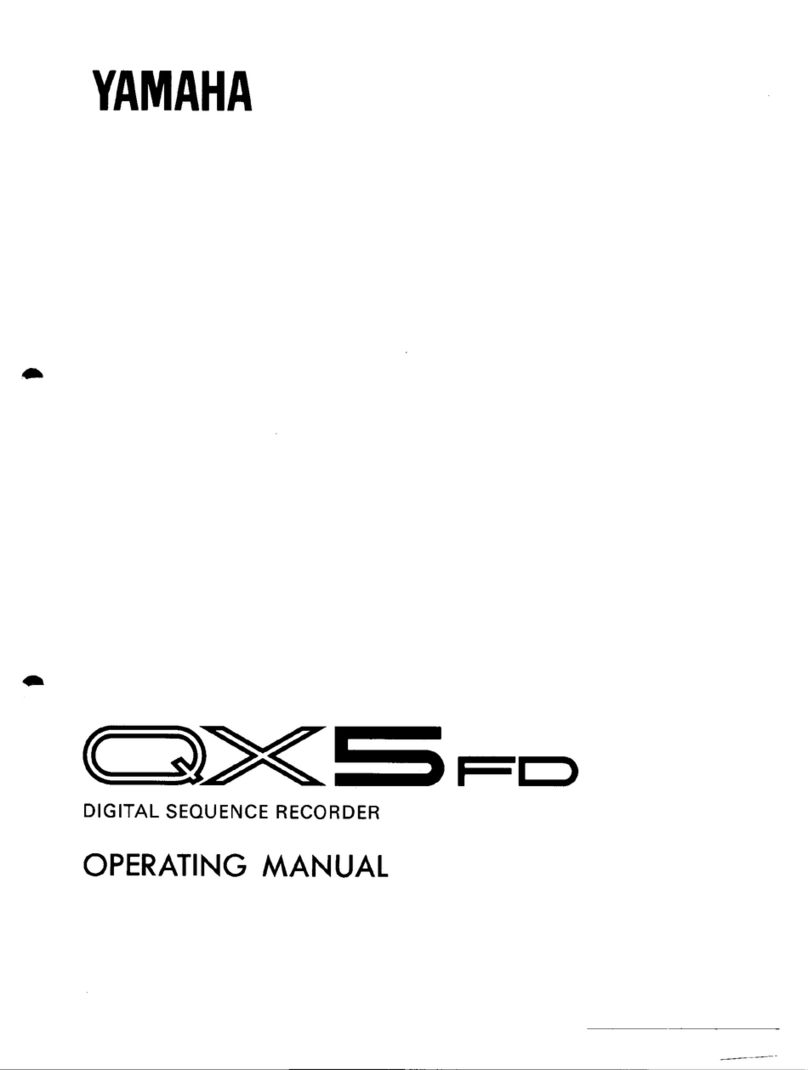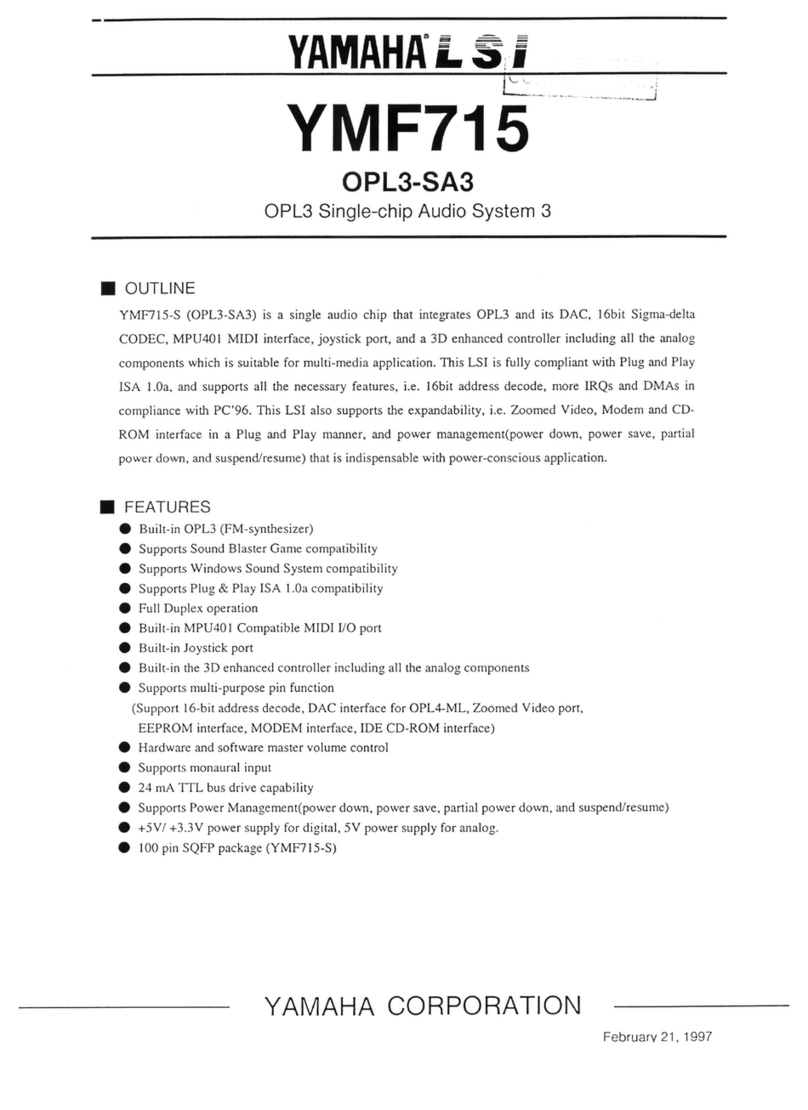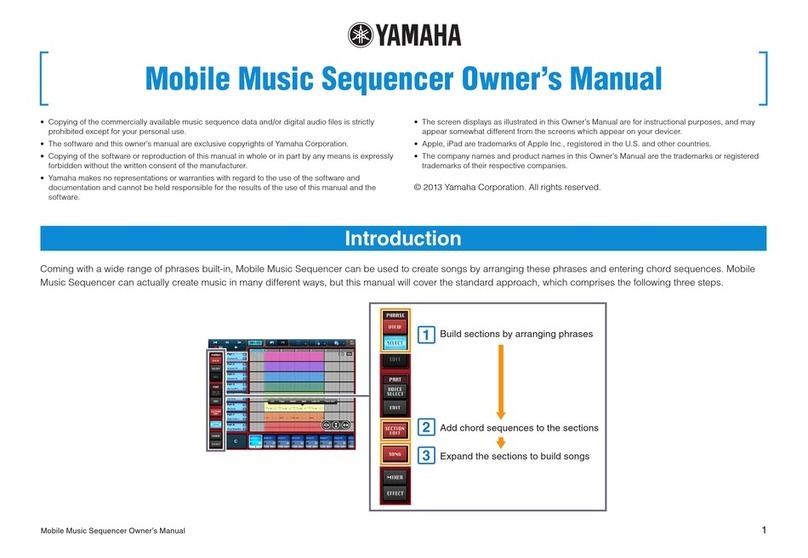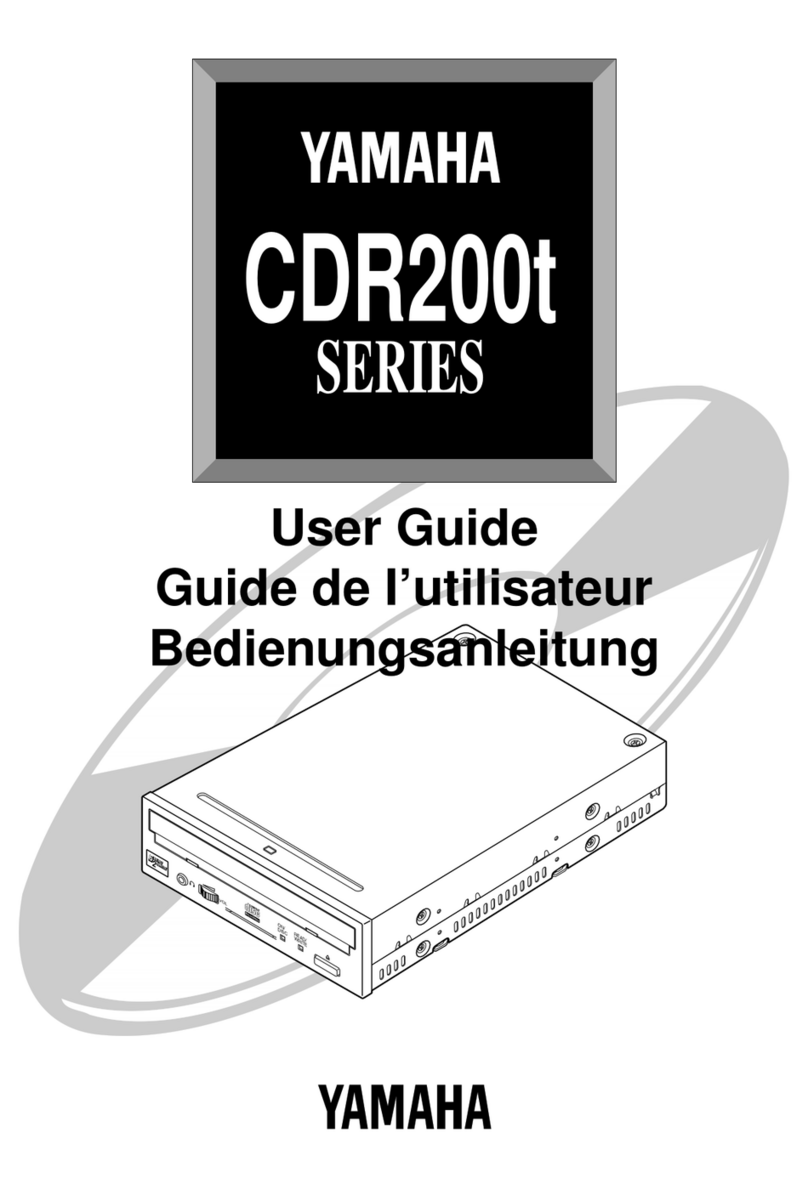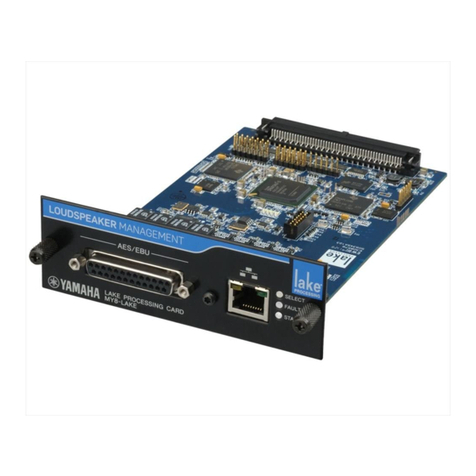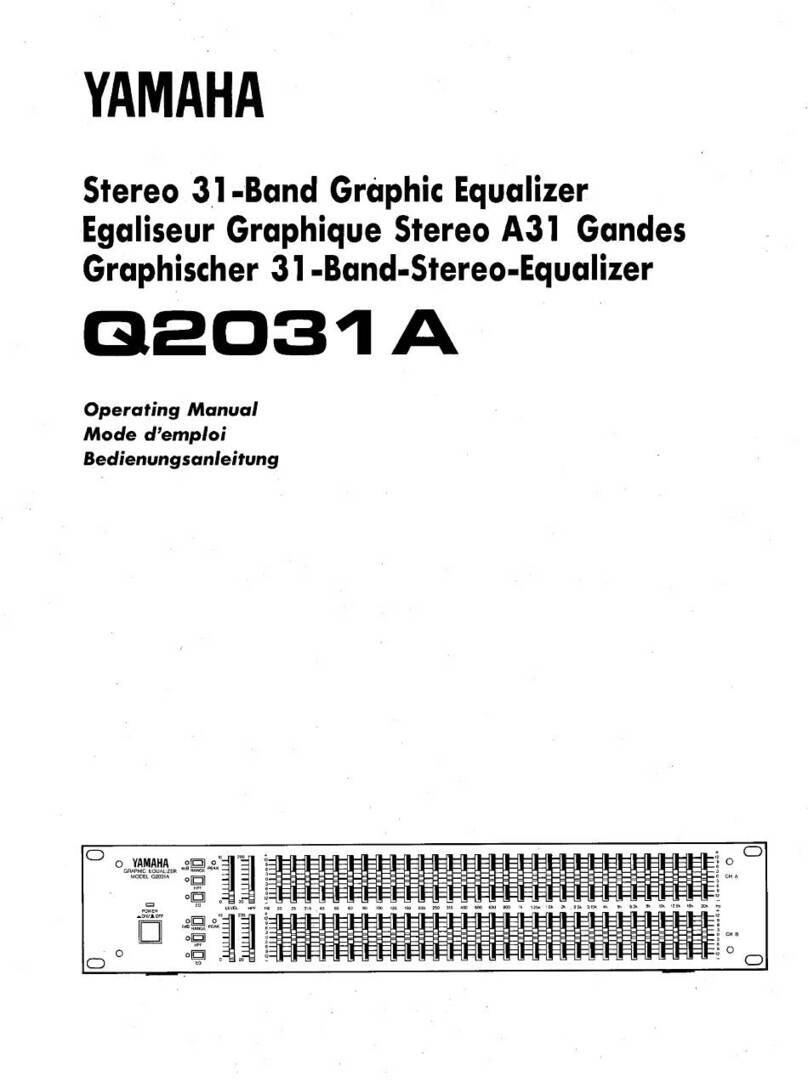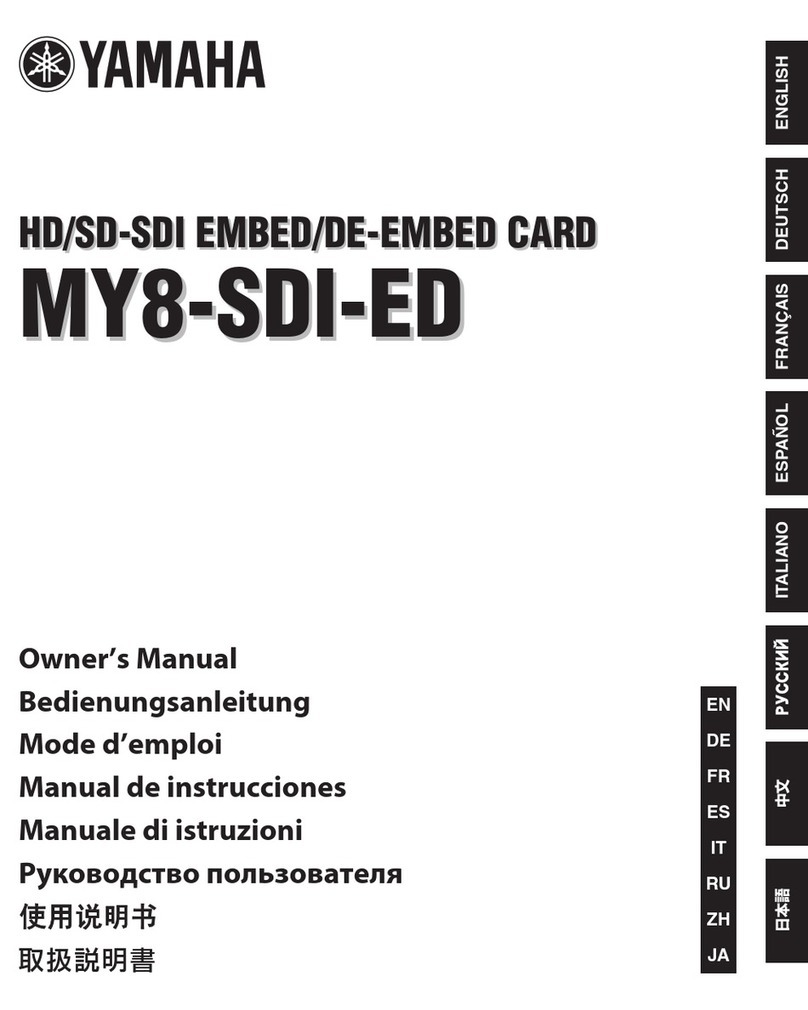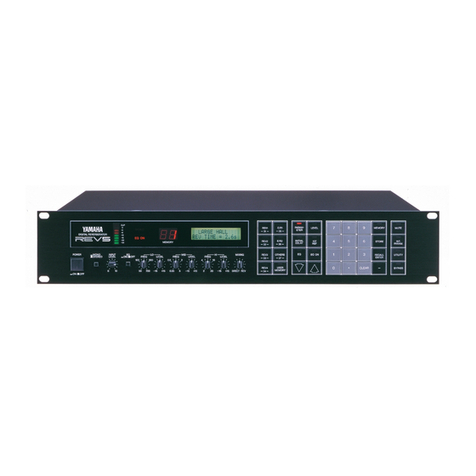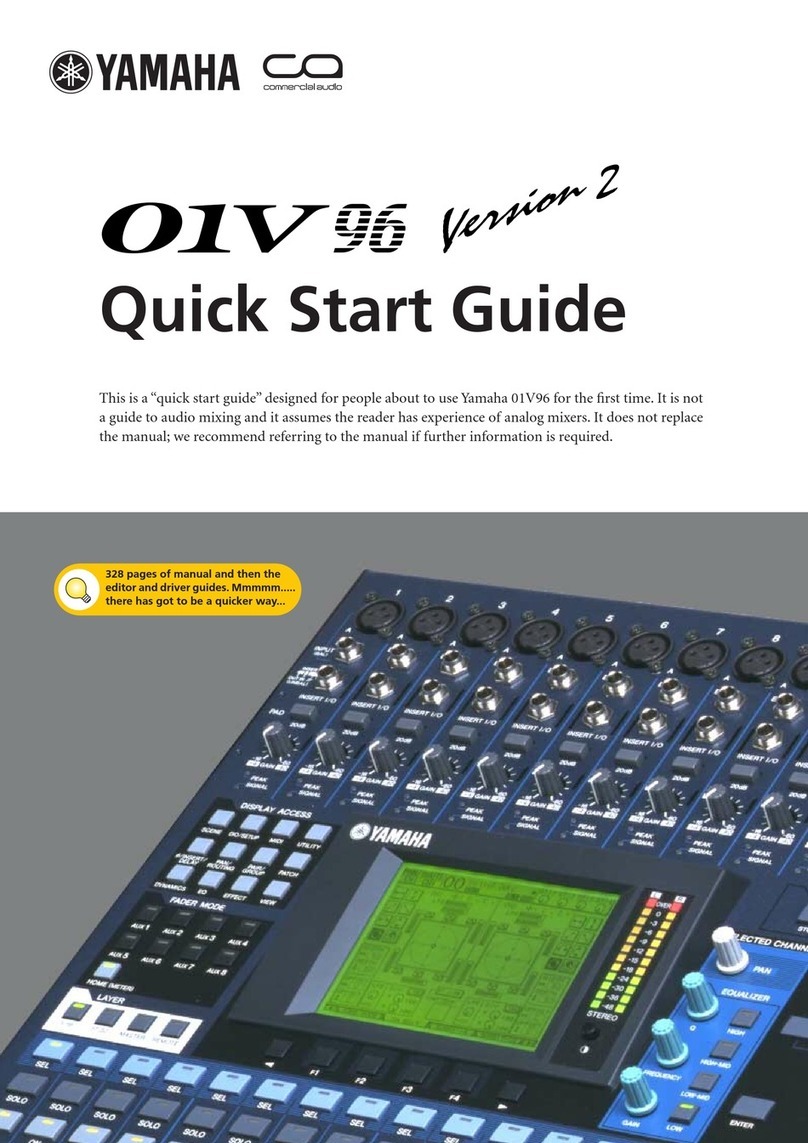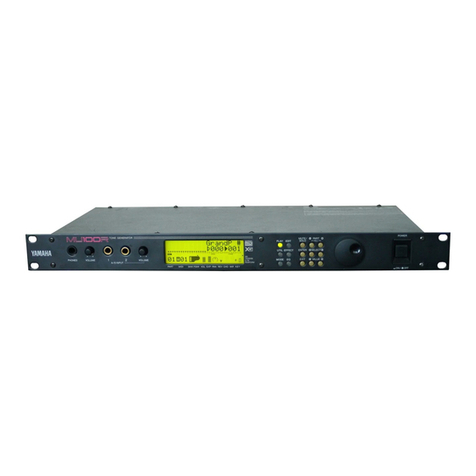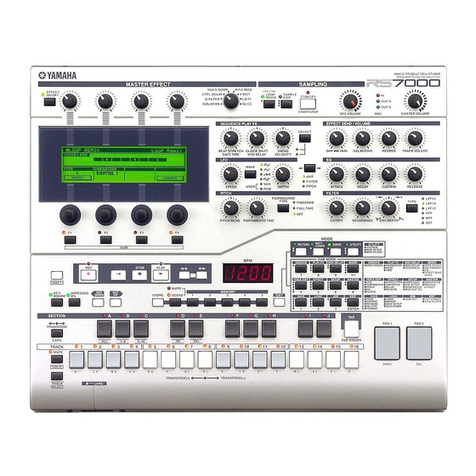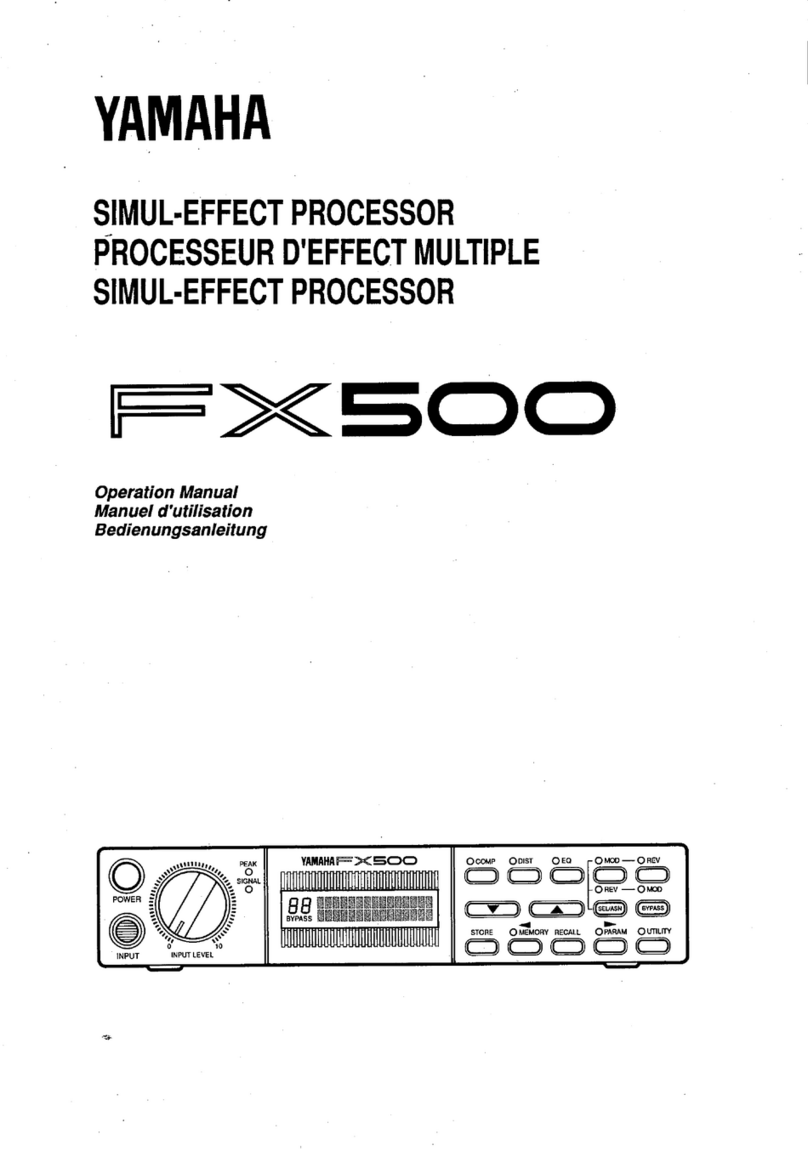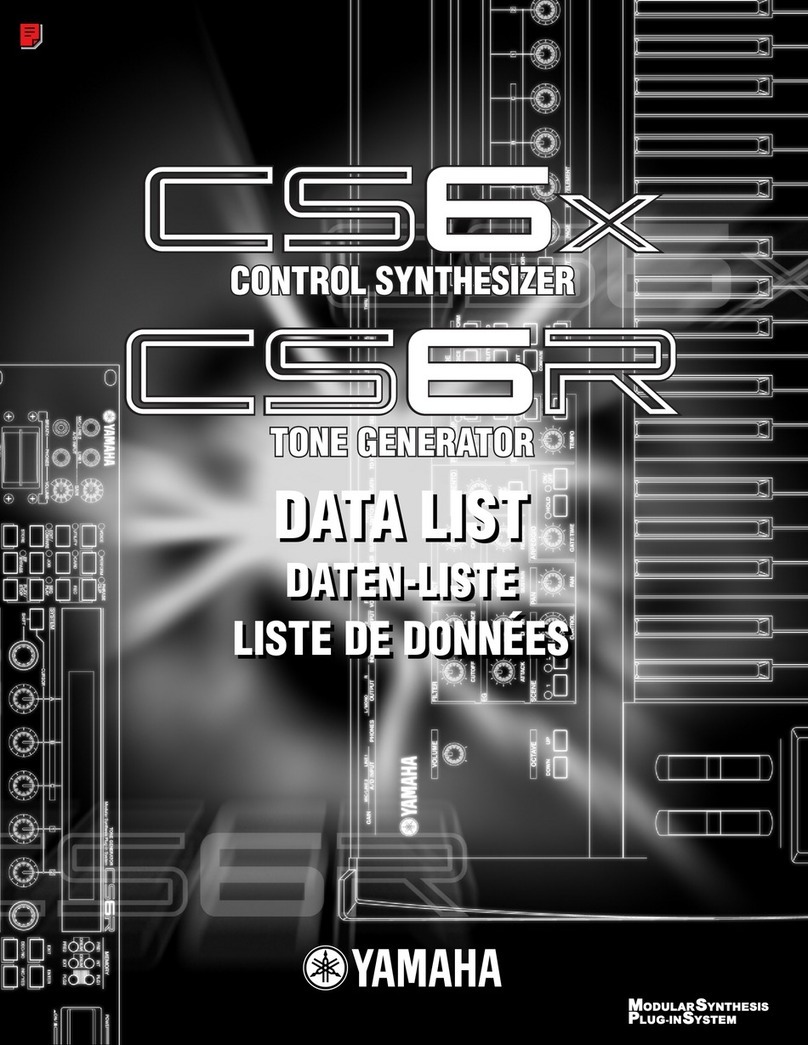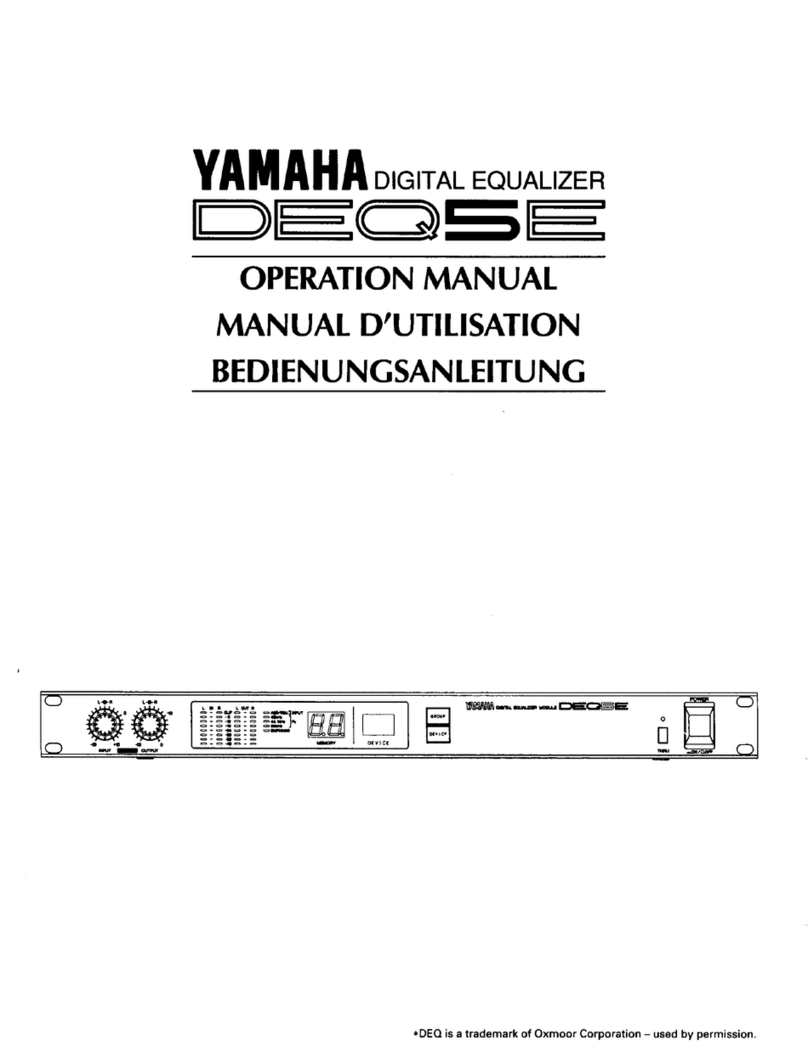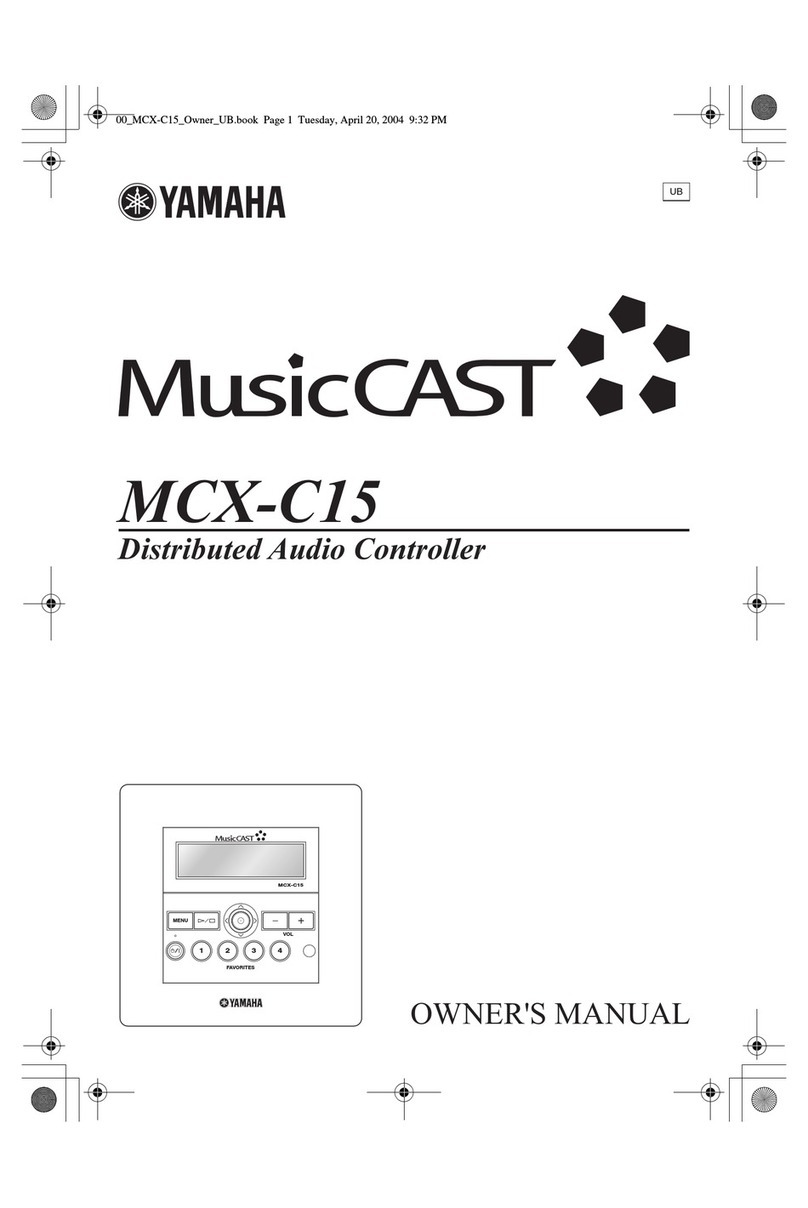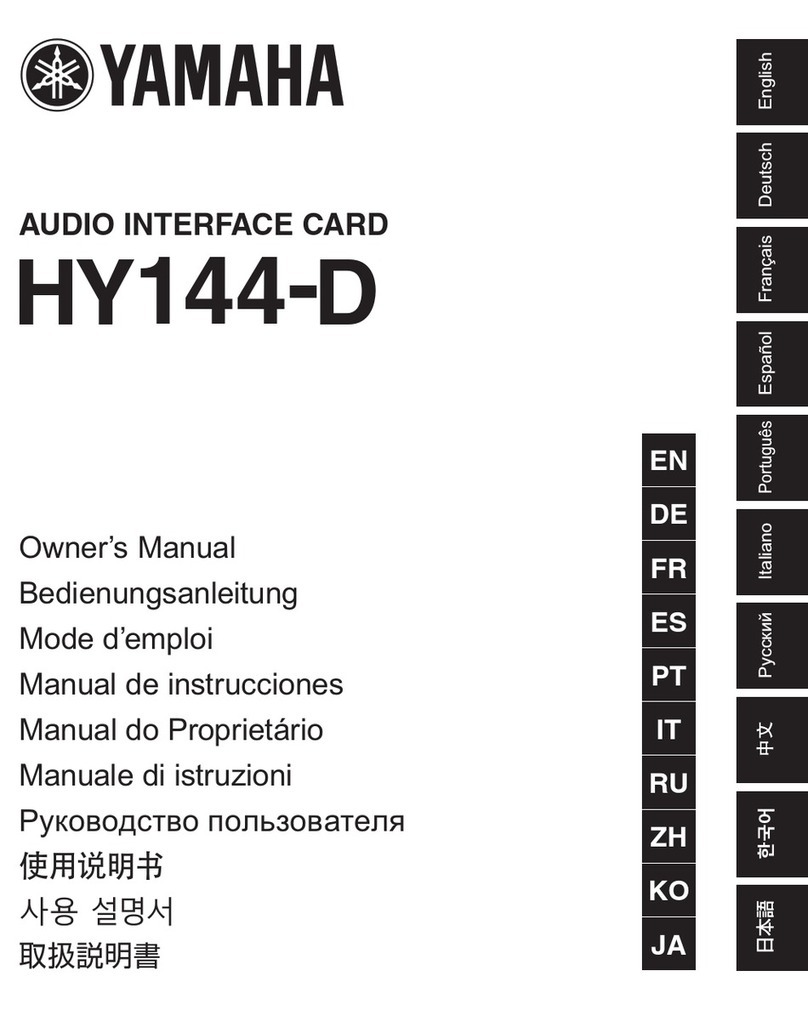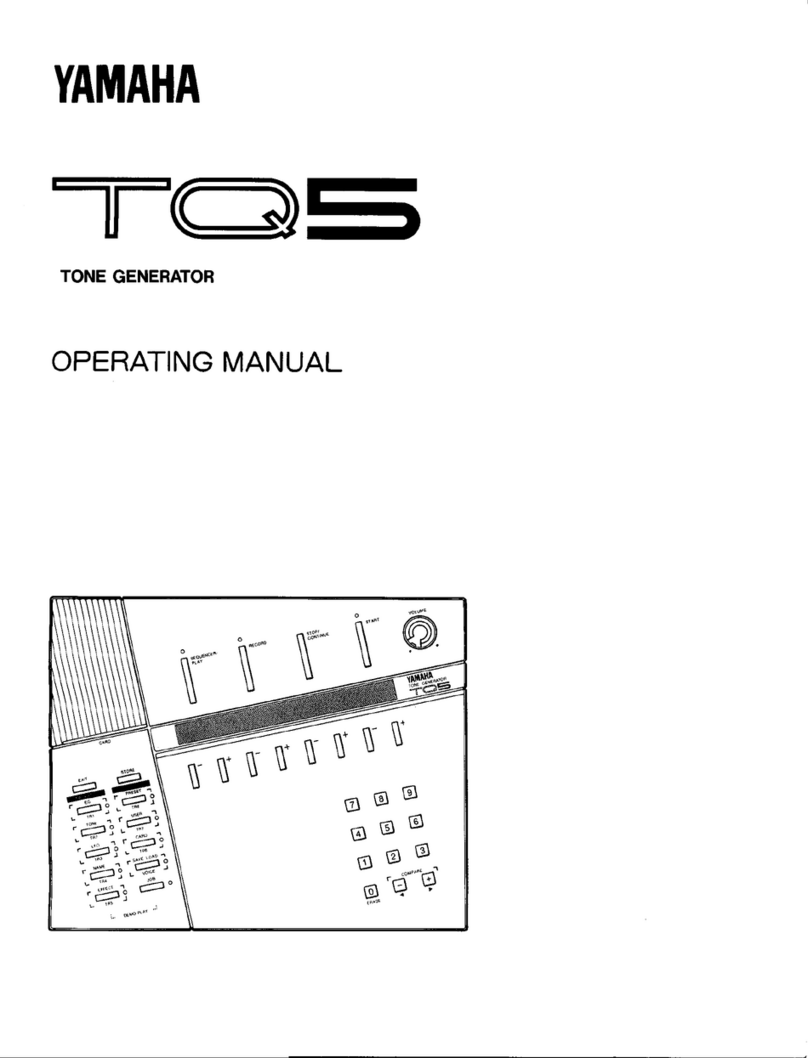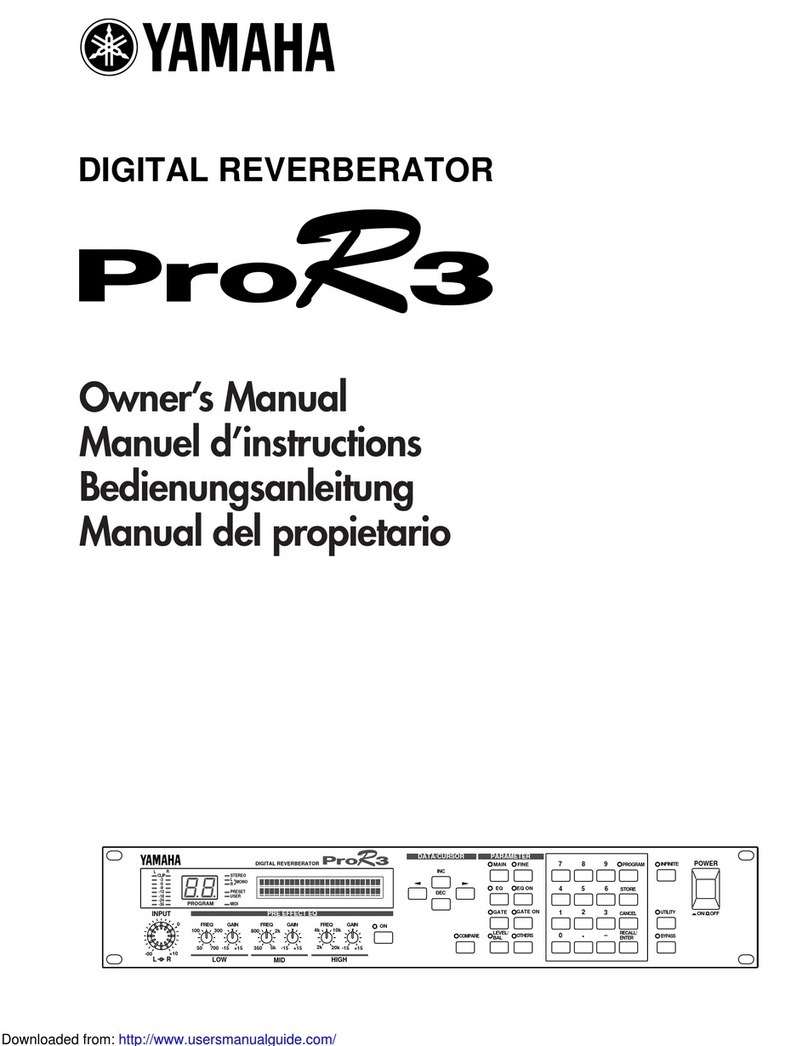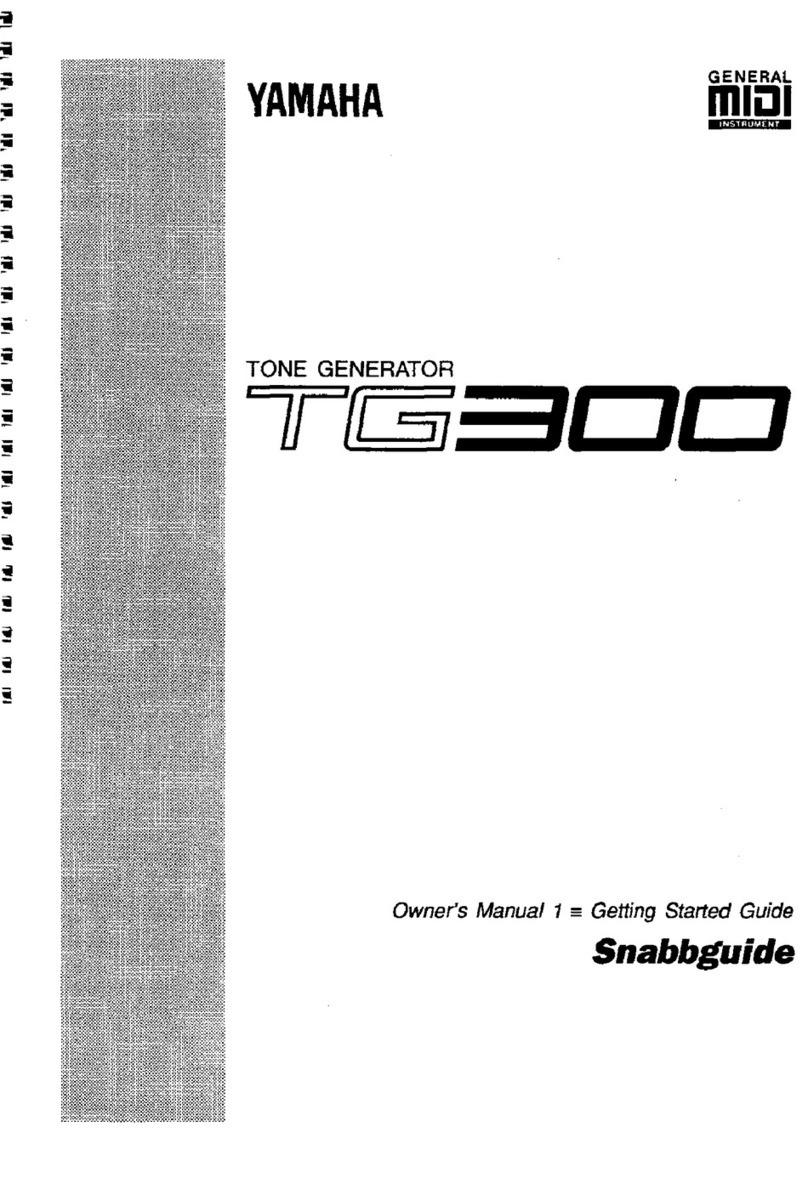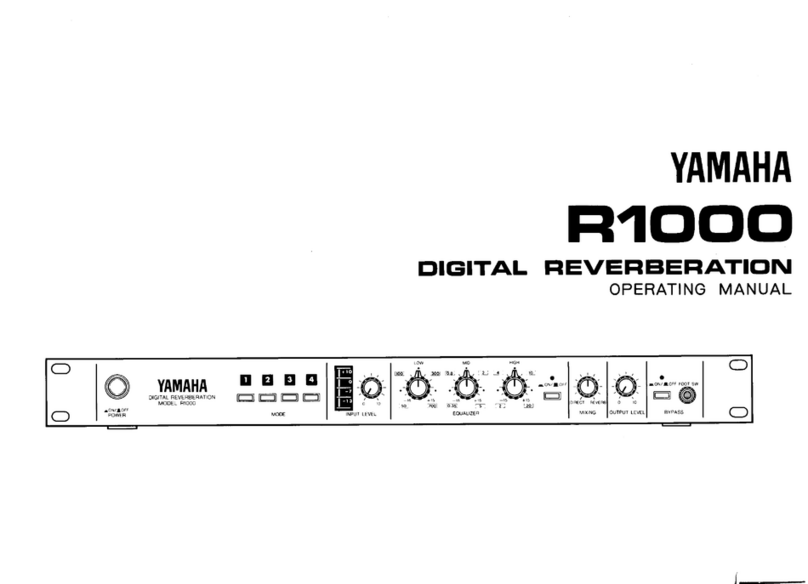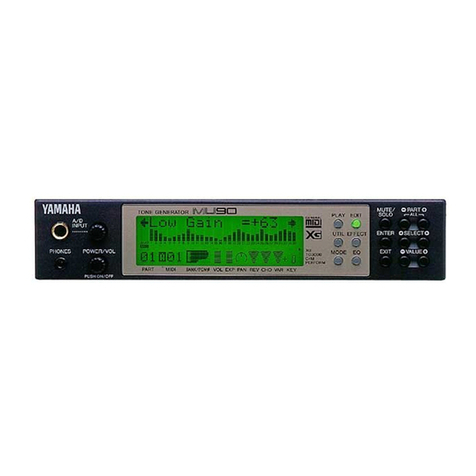
3RIVAGE PM10 Operation Manual
About the Relevant Manuals ...........................................................................2
Component Structure ......................................................................................4
Control surface (CS-R10)........................................................................................5
DSP engine (DSP-R10) ...........................................................................................7
I/O rack (RPio622)...................................................................................................8
RY card ...................................................................................................................9
HY card ...................................................................................................................9
TWINLANe Network ......................................................................................10
TWINLANe network ..............................................................................................10
Connecting a TWINLANe network card................................................................10
I/O and Routing Structure .............................................................................12
System-wide signal flow .......................................................................................12
Signal flow within the RPio622 ..............................................................................13
About Connections ........................................................................................14
Word Clock.....................................................................................................15
Word clock in the RIVAGE PM10 system..............................................................15
About the sampling rate converter (SRC).............................................................15
RIVAGE PM10 System Function List ..............................................................16
Input Channels...............................................................................................17
I/O unit section .....................................................................................................17
Mixing Engine section...........................................................................................18
Output Channels............................................................................................21
Mixing Engine section...........................................................................................21
MIX bus......................................................................................................21
MATRIX bus...............................................................................................23
STEREO bus ..............................................................................................24
I/O unit section......................................................................................................26
Delay Compensation......................................................................................27
Monitor ..........................................................................................................28
Cue .................................................................................................................29
Oscillator ........................................................................................................30
Talkback ......................................................................................................... 31
DCA/Mute Groups......................................................................................... 32
GEQ/PEQ........................................................................................................ 32
Plug-ins .......................................................................................................... 33
Plug-in type list......................................................................................................33
RTA (Realtime Analyzer)................................................................................ 35
Recording....................................................................................................... 36
2-track USB recorder ............................................................................................36
Multitrack recording and virtual sound check ......................................................36
Signal flow during a virtual sound check (VSC) ........................................38
MIDI/GPI........................................................................................................ 39
Customization................................................................................................ 40
Settings Files .................................................................................................. 41
Data handled by a settings file .............................................................................41
Conceptual Diagram of Memory................................................................... 43
Scene memory ............................................................................................... 45
Other Convenient Functions ......................................................................... 46
Maintenance Functions ................................................................................. 46
Initialization ...........................................................................................................46
Calibration.............................................................................................................46
Contents (Part 1)
Regarding libraries
The various libraries will be supported in a future update. For details, please refer to the
following URL.
http://www.yamahaproaudio.com/
